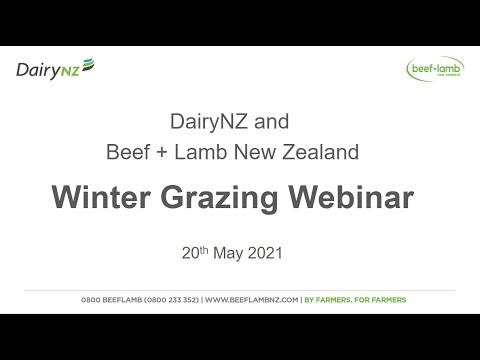Search results
Displaying 401 - 410 results of 980
- Editable PDF… sow cultivation sowing method locationland management units used identification any … risk animals have shelter fresh clean water dry place rest use catchcrops management … placed prior grazing supplementary feed fed dry central part paddock portable troughs used …
- Resource book… role boundaries communication risk managementall important governance elements … dishes vacuuming dusting windows etc laundry bathing dressing grooming transportation … chores doctor visits cooking meals laundry etc cows gone kevin uses buildings yards …
- VideoDuring this Beef + Lamb New Zealand and DairyNZ wintering webinar, we discuss all the key aspects for a successful winter and how to create, document and share winter grazing …
- NewsActively managing ewes and lambs to make the best use of annual legumes is a strategy that works well for North Canterbury hill country farmers James and Tom …

- News… M. bovis consultation, B+LNZ’s 2024 Parasite Management Calendar, feedback on ETS …

- News… With weaning soon to get underway, some simple management strategies can help prevent the …
- … with help from a competent advisor. Worm management should focus on the farm system and … on Facebook for regular, seasonal worm management updates, and keep an eye on your …
- Industry data… may lower carcase weights than usual prospect dry weather feed pressure motivation sell … niño climate phase has farmers preparing dry summer autumn concerned potential feed … during spring more triplets spring presented management challenge some farmers ewe deaths …
- VideoThe pilot involved over 15 agricultural businesses involving business owners, managers, 2IC’s and for some sessions, the whole team. The focus of the group was about self-awareness, communication, …
- Factsheet… valuable forage livestock providing edible dry matter leaf soft stem minerals leaves … high crude protein content moderate high dry matter digestibility 70 which similar high … guards sleeves chicken mesh apply slug bait management tagasaste stands under grazing …

